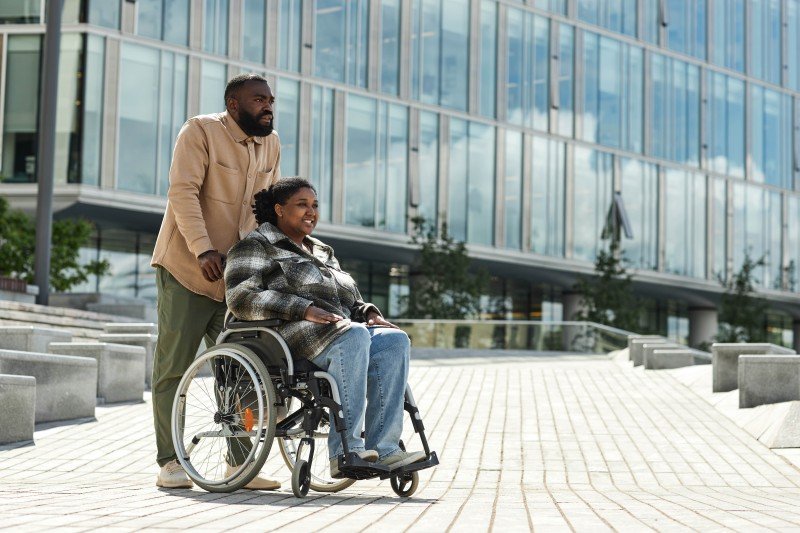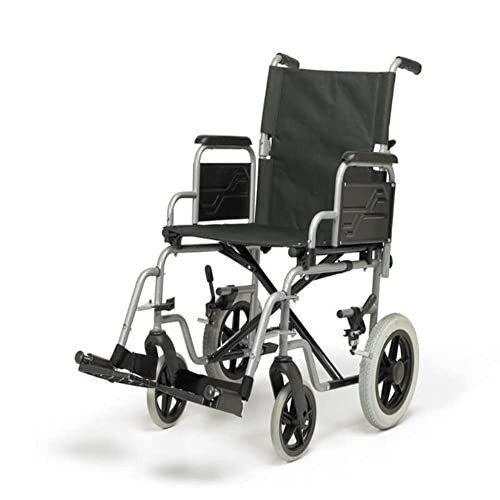Mobility Scooters in the UK: A Comprehensive Guide
In the United Kingdom, mobility scooters are becoming an increasingly popular methods of transportation for people with mobility problems, providing them with the flexibility to navigate their neighborhoods separately. These motorized vehicles are created to help those who have trouble strolling or utilizing a manual wheelchair, using a useful and comfortable service for daily travel. This article dives into the world of mobility scooters in the UK, exploring their benefits, legal requirements, and how to choose the right one.

Introduction to Mobility Scooters
A mobility scooter is a battery-powered car that generally has 3 or four wheels, a seat for the chauffeur, and handlebars for steering. They are developed to be simple to utilize and preserve, making them perfect for older grownups and people with impairments who want to preserve their independence. Mobility scooters can be found in various sizes and models, each dealing with different requirements and preferences.
Advantages of Mobility Scooters
- Increased Independence: Mobility scooters enable users to travel longer distances without the physical stress connected with walking or utilizing a manual wheelchair. This independence can considerably improve their quality of life.
- Economical: Compared to other motorized cars, mobility scooters are reasonably inexpensive. They also need very little upkeep, which can save users a lot of money in the long run.
- Reduce of Use: Most mobility scooters are designed to be easy to use, with intuitive controls and comfortable seating. They are typically lightweight and can be easily disassembled for transport.
- Enhanced Social Interaction: By allowing users to venture out more regularly, mobility scooters can help decrease sensations of isolation and isolation, fostering social connections and community participation.
- Boosted Safety: Mobility scooters are equipped with features such as headlights, brake lights, and horns, making them safer for usage on roads and in public areas.
Types of Mobility Scooters
When selecting a mobility scooter, it's essential to consider the type that best matches your requirements. Here are the main types available in the UK:
Class 2 Mobility Scooters:
- Speed: Limited to 4 miles per hour (6.4 km/h)
- Usage: Suitable for pavements and pedestrian locations
- Functions: Compact and lightweight, foldable for easy transportation
Class 3 Mobility Scooters:
- Speed: Can reach up to 8 miles per hour (12.9 km/h)
- Usage: Suitable for both pavements and roads, offered they are registered and insured
- Features: Sturdier construct, frequently with more advanced functions like suspension and bigger batteries
Strong Mobility Scooters:
- Capacity: Designed to support users weighing approximately 400 pounds (181 kg)
- Usage: Ideal for those who require a robust and durable scooter
- Functions: Reinforced frame, larger seat, and enhanced stability
Off-Road mobility scooter uk (more helpful hints) Scooters:
- Terrain: Built to handle rough and irregular surface areas
- Usage: Suitable for users who take pleasure in outdoor activities like hiking or fishing
- Functions: All-terrain tires, high ground clearance, and powerful motors
Legal Requirements for Mobility Scooters in the UK
Using a mobility scooter in the UK features particular legal responsibilities. Here are the bottom lines to think about:
- Registration and Insurance:
- Class 2 Scooters: No registration or insurance needed
- Class 3 Scooters: Must be registered with the DVLA, insured, and display a valid MOT certificate if used on roads
- Driver Requirements:
- Age: Users must be at least 14 years old
- Health: No specific health conditions are needed, however users need to have the ability to manage the scooter securely
- Speed Limits:
- Class 2 Scooters: 4 mph (6.4 km/h) on pavements
- Class 3 Scooters: 8 miles per hour (12.9 km/h) on roadways, 4 miles per hour on pavements
- Security Equipment:
- Lights: All scooters utilized on roadways need to have front and rear lights, signs, and a horn
- Reflectors: Required for use on roads, particularly during low visibility conditions
- Tax and Parking:
- Tax: Class 3 scooters are exempt from car tax
- Parking: Users can park in designated disabled parking areas with a legitimate Blue Badge
How to Choose the Right Mobility Scooter
Choosing the right mobility scooter involves considering a number of aspects:
Mobility Needs:
- Range: How far do you require to take a trip?
- Surface: Will you be utilizing the scooter on pavements, roads, or off-road?
- Weight Capacity: What is the maximum weight the scooter needs to support?
Budget:
- Initial Cost: Mobility scooters can range from a few hundred to a number of thousand pounds
- Continuous Costs: Consider the expense of batteries, upkeep, and insurance coverage
Functions:
- Comfort: Look for a scooter with a comfortable seat and adjustable controls
- Storage: Some scooters offer extra storage for shopping bags or individual items
- Portability: If you need to transport the scooter, select a design that is lightweight and collapsible
Track record and Support:
- Brand: Research reliable brand names understood for their quality and dependability
- Guarantee: Check the service warranty period and what it covers
- Customer Support: Ensure the maker or merchant provides great consumer support and service
FAQs About Mobility Scooters in the UK
Do I require a license to drive a mobility scooter?
- No, you do not need a driving license to run a mobility scooter in the UK. Nevertheless, Class 3 scooters need to be signed up with the DVLA and insured if used on roads.
Can I use a mobility scooter on the pavement?
- Yes, both Class 2 and Class 3 scooters are allowed on pavements, however Class 3 scooters are limited to 4 mph.
Are there any restrictions on where I can utilize a mobility scooter?
- Class 2 scooters are limited to pavements and pedestrian locations. Class 3 scooters can be utilized on roadways, but they should meet specific legal requirements.
How do I preserve my mobility scooter?
- Routine maintenance includes checking battery levels, tire pressure, and brake performance. It's likewise important to clean the scooter regularly and save it in a dry place.
Can I get a mobility scooter through the NHS?
- The NHS provides mobility scooters through the Disabled Living Allowance (DLA) or Personal Independence Payment (PIP). You can also buy or rent a scooter from a personal retailer.
Is a mobility scooter tax-deductible?
- In many cases, the expense of a mobility scooter can be declared as a medical cost. Speak with a financial advisor for specific assistance.
Tips for Using a Mobility Scooter Safely
- Wear Appropriate Clothing:
- Wear comfortable and weather-appropriate clothes. Think about using a high-visibility jacket when using the scooter on roads.
- Maintain the Scooter:
- Regularly examine the battery, tires, and brakes to ensure the scooter remains in good working condition.
- Follow Traffic Rules:
- Obey traffic indications and signals, and use designated pedestrian and cycle courses when possible.
- Usage Safety Equipment:
- Always utilize the headlights, brake lights, and horn, particularly throughout low visibility conditions.
- Bear in mind Others:
- Be polite to pedestrians and other roadway users. Slow down when approaching crowded areas.
Mobility scooters are an important tool for individuals in the UK who deal with mobility obstacles. They use a series of advantages, from increased self-reliance to boosted security, making them a popular option for older grownups and individuals with impairments. By understanding the different kinds of scooters, legal requirements, and how to choose the best one, users can enjoy the freedom and convenience these lorries offer. Whether for day-to-day errands or leisure activities, a mobility scooter can significantly improve the lifestyle for lots of people.
Additional Resources
- DVLA Website: For info on signing up and guaranteeing a Class 3 mobility scooter
- Age UK: Offers guidance and assistance for older grownups considering a mobility scooter
- Disability Rights UK: Provides assistance on accessing mobility scooters through financial assistance programs
By putting in the time to research study and pick the ideal mobility scooter, users can delight in greater independence and a more active lifestyle.








